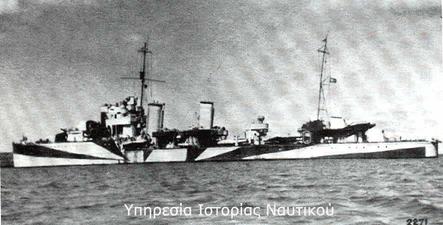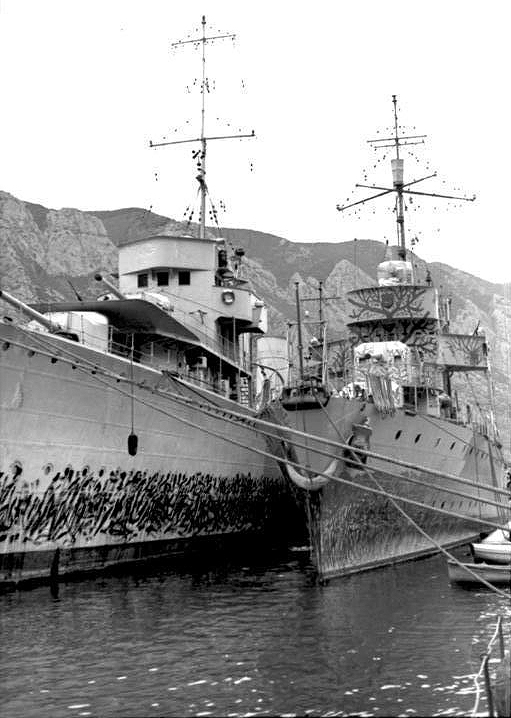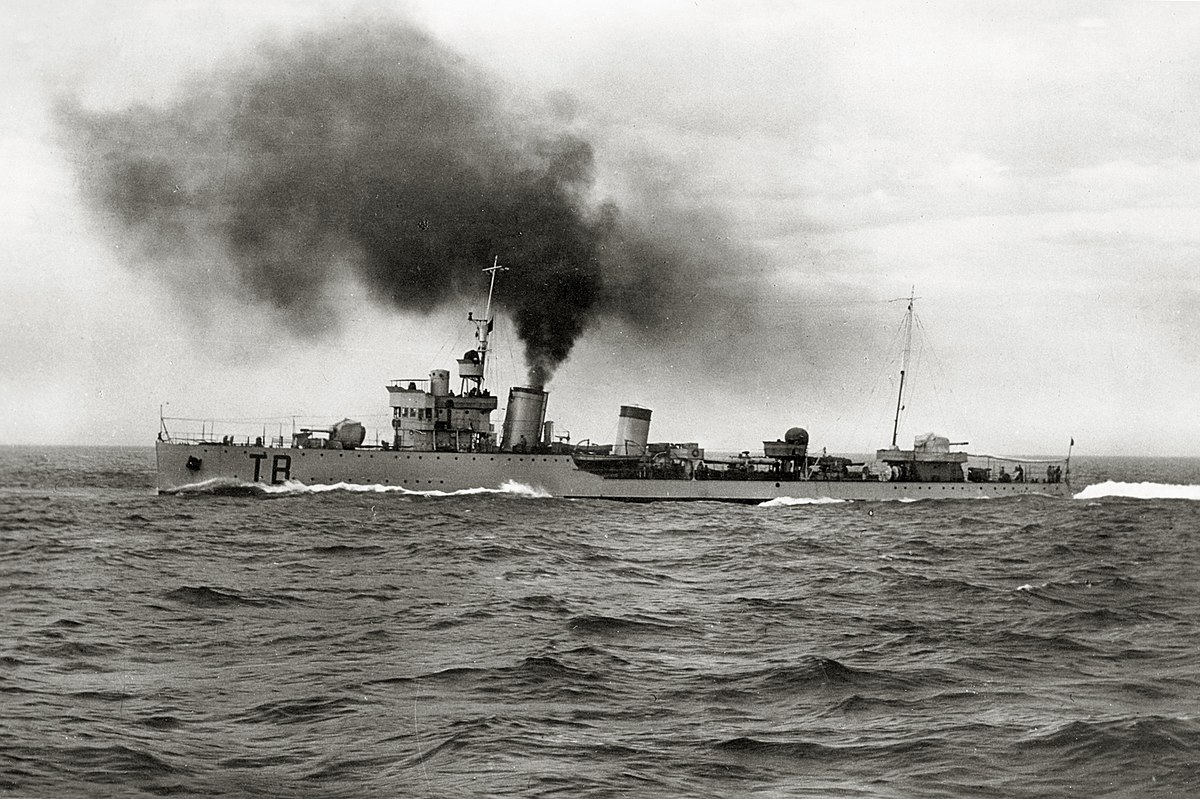Simon Thomas
Senior Airman
From the P-47 manual.I seem to forget nothing, the topic has been done to death here. You seem to not know that the escort has to warm up, take off and climb on its internal tanks.
Watch that halo...
Follow along with the video below to see how to install our site as a web app on your home screen.
Note: This feature may not be available in some browsers.
Ad: This forum contains affiliate links to products on Amazon and eBay. More information in Terms and rules
From the P-47 manual.I seem to forget nothing, the topic has been done to death here. You seem to not know that the escort has to warm up, take off and climb on its internal tanks.
Republic equipped the P-47 for drop tanks, so they did their job. The aircraft manufacturer did NOT make or distribute drop tanks.Because Republic, the makers of the P-47 were useless, is my carefully considered opinion. The P-51 had them, the P-38 had them, the P-40 had them, in fact every S/E US aircraft had them except the P-47. The P-47 did have an unpressurised tank that couldnt be fully filled but did give a slight increase in range. If you are alluding to Gregs nonsense about the "bomber mafia" even as a Brit his comments are a disgrace and would surely be slander and libel if Hap Arnold were alive today, they have zero basis in fact.
I think it does, but I havnt seen it used in any calculation, I believe that was the very last of last contingencies for the wife and kids.If that's the case, then shouldn't the vapor return make up for some of that difference anyway?
I don't know if this is exactly what you're looking for, but I can speak to what's in my very specific wheelhouse. The popular conception—"popular," of course, among the WWII/aviation crowd who knows about it—that Jay Zeamer's Eager Beavers were a ragtag bunch of screw-off misfits and renegades who pulled a wrecked B-17 out of the boneyard and got it flying again is entirely myth.I am looking for ideas about popular "history" items about WW II aircraft and air combat that are actually urban legends and need an historical update. Example: The Brewster Buffalo's combat career started and ended with the US Marine Corps' interception of Japanese Naval Air Forces during the Battle of Midway.
Based on past experience from reading comments on this platform, I know I can count on ww2aircraft forum members for well-informed input!
Many thanks in advance!
The P-47 without tanks did escort B-17s as far as the Belgian border (Eupen), but this was after taking over from Spitfires who escorted to the Belgian coast.I suppose that's fair. To rephrase what was going thru my head a bit better, I'm just going to make up a plane and scenario:
let's say we have a plane with a combat radius of 300 miles with internal fuel load of 300 gallons (again, I'm making these numbers up, they're completely inaccurate to real fighters): 100 gallons are reserved for the 300 mile trip to target, 100 gallons are reserved for the 300 mile return trip, and 100 gallons are available for combat and for having some reserve fuel, rather than being bone dry on landing. This plane can thus travel around 3 miles for each burned gallon of gasoline, and 1 mile of combat radius per gallon of stored gasoline.
If we add an external tank for 100 additional gallons, the fuel economy will suffer due to drag (let's say 2.5 miles per burned gallon), and this tank must be dropped in combat, throwing away any fuel still in the tank. However, in ideal circumstances of being able to completely drain this external tank before combat, we will be able to reach a distance of 250 miles away from home base while still having near full internal fuel. If we still reserve 100 gallons of internal for combat and backup, we have 200 gallons remaining for travel to and from the target. This gives 250 + (3 x 200) travel distance possible, or 250 + 600 = 850. So, this drop tank can reasonably allow our aircraft's combat radius to increase by 100 miles. Of course, this is partly because we didn't divert any of the extra tankage to what we expect to use for combat: A longer mission will have greater chances of encountering enemy fighters. So instead, let's assume that we can only use half of that external tank for boosting range, and the rest needs to be used to preserve combat fuel availability, or to account for the possible early jettison of tanks. This means we have 50 gallons external, for 125 miles, and keep the 600 mile figure from before, granting 725 miles travel, for around 360 miles combat radius, a 20% increase granted by a 33% in carried fuel. This gives 0.9 miles of combat radius per gallon of stored gasoline.
I know this is a made-up model probably missing several important factors, but I believe my intuition is sound: larger external tanks bear diminishing returns, but they still offer tangible benefits to combat radius when compared operating solely on internal fuel.
To try and pick up some real-world context, the distance from Dover to Schweinfurt is around 500 miles. It seems that early P-47s could carry roughly 300 gallons of internal fuel. Crude numbers suggest that the P-47 used roughly 300 gallons per hour of military rating, closer to 200 gallons per hour at continuous, and around 100 gallons per hour at cruise. Assuming 10 minutes of dry WEP (2 bursts of 5 minutes) and 30 minutes of continuous is 50+100 = 150 gallons, leaving 150 gallons for travel, for 1.5 hours there and back. assuming a cruise of 250mph true airspeed (it's likely higher than this), we can get a round trip distance of 250 x 1.5 = 375, for a 185 mile combat radius. This suggests the P-47's range is limited primarily by its high consumption at higher power settings leaving very little of its internal fuel available for travel. A fuel tank that carries 100 gallons would be burned in 45 minutes if we allow for increased consumption to keep pace despite drag. This gives around 180 miles of travel distance from the external tank, for a total travel distance possible of 550 miles, or a combat radius of 275 miles. 200 gallons for 1 hour 20 minutes gives a 330 mile combat radius. So if these numbers are correct, the P-47 without externals has a combat range that cannot even reach the edge of Belgium, can reach the Ruhr with 100 gallons, and should be able to reach Frankfurt with 200 gallons if not jumped early and forced to jettison mostly full belly tanks. Schweinfurt is out of range still with these estimates.
AGAIN, my numbers are likely way off, but this would still give noticeably improved protection for bomber raids over West Germany, and would be worth the cost of shipping external tanks to England
I had one of those "Everything you know is WRONG" moments.I don't know if this is exactly what you're looking for, but I can speak to what's in my very specific wheelhouse. The popular conception—"popular," of course, among the WWII/aviation crowd who knows about it—that Jay Zeamer's Eager Beavers were a ragtag bunch of screw-off misfits and renegades who pulled a wrecked B-17 out of the boneyard and got it flying again is entirely myth.
The "screw-offs/misfits/renegades" storyline came out of Martin Caidin's "Mission to Buka" magazine article that he later used as the first chapter of his popular book Flying Forts. He based it on a single interview of a close friend of Zeamer's, Walt Krell, who was remembering a story he'd heard twenty-five years before, and even then months after the events in question happened. (His other mistakes about the 16 June 1943 mission seem to have been sourced from Gen. George Kenney's memoir General Kenney Reports.) According to Zeamer himself—and would be obvious to anyone with any deeper knowledge of Zeamer and Sarnoski—the two men hand-picked their crew to *weed out* screw-offs and misfits, for the logical reason that they had very high, exacting standards and wouldn't trust their lives to just anyone. Plus there's nothing in the individual crew members' records indicating they were anything but solid squadron members and proficient at their jobs. When I spoke with Walt Krell in 1994, he was embarrassed that his *off-the-record* comments—he was unaware he was being recorded—were taken as gospel and reprinted as such. He said he didn't have enough personal knowledge of the crew members themselves to say, and it was a long time in the past.
As for "Old 666," as Zeamer referred to the B-17E, #41-2666, that they flew on the 16 June 1943 Bougainville/Buka mission, the aircraft was being flown on photo-mapping missions by the 8th Photo Recon Squadron for a month before it was returned to the 65th Bomb Squadron where Zeamer was currently squadron exec. He requisitioned the plane for his own use, but only flew it on two mapping missions prior to the 16 June 1943 mission.
What's unfortunate is that even recent accounts of the crew and the mission by reputable authors, i.e. Lucky 666, get all this partially to massively wrong, bizarrely so in some cases. It's too bad, because the real story of the crew's origin and history is far more interesting and inspiriting, on account of being more relatable, than the faux Dirty Dozen legend that it got turned into.
Not true. The Kriegsmarine commissioned the following destroyers in the Med during WW2 taken over from other navies:-No German destroyer (there were none in the Med)




the ZG 3 was the alone destroyer of Kriegsmarine in the MedNot true. The Kriegsmarine commissioned the following destroyers in the Med during WW2 taken over from other navies:-
ZG3 Hermes ex Greek Vasilefs Georgios.

Greek destroyer Vasilefs Georgios - Wikipedia
en.m.wikipedia.org
TA32 ex Italian Premuda ex Yugoslav Dubrovnik.

Yugoslav destroyer Dubrovnik - Wikipedia
en.m.wikipedia.org
TA43 ex Italian Sebinico ex Yugoslav Beograd.

Yugoslav destroyer Beograd - Wikipedia
en.m.wikipedia.org
TA14 ex Italian Turbine.

Italian destroyer Turbine (1927) - Wikipedia
en.m.wikipedia.org
yes, I tore through his books as a 5th and 6th grader, his books and authors like Jablonski, and other Bantam Paperbacks opened my eyes that there were books out there that I loved to read. My parents never said no to buying a book. Anyone remember the Military Book Club, I still have my two Volume copy of Jablonski's Air WarNearly all the popular, widely accepted claims about the Tuskegee Airmen are false.
No German destroyer (there were none in the Med)
No perfect escort record (based on early ops with P-39s & B-25s)
No aces
No record bag of German jets.
As I noted in the 15th AF history, the 332nd deserved credit for showing up when the personnel were under no obligation to do so.
(By actual count, the Tuskegees/Red Tails/etc have more internet hits than the rest of the 15th AF, and nobody has made two movies about other MTO groups that I know of.)
In the back of Martin Caiden's P-38 book there is a tale (after "the end") of a P-38 returning at chow time, long after considered lost, and disintegrating in flight over the troops. The only way I could see this happening is if the pilot set down somewhere safely, fixed his shotup bird, got back in the air to come home.
The last bomber to return from the mission was Bernie Dopko's B-17 'Little Willie' of the 388th Bomb Group, which had flown alone at 115 mph at low altitude all the way from Berlin. Dopko reached Knettishall and landed at 5:45 pm, nearly an hour after the last previous aircraft of the group touched down; he had been airborne for 9½ hours. 'Returning crews reported they had seen us bailing out, and upon going to my quarters I found my bed rolled up and all my personal belongings packed ready for shipment to my family,' Dopko remembered. But the biggest shock came when ground crewmen showed him the unexploded 20 mm shell they found lodged in one of the bomber's fuel tanks. 'God, if that thing had exploded we would have been only a flash in the sky.' (p.130)
I met him in a junior high assembly in the 1960s where he came to present a discussion on military aviation.Which popular WW2 aircraft and air combat "histories" are simply not true?
Almost anything written by by Martin Caidin.
I grew up reading all the WW2 aviation "history" authored or edited by Caidin that I could find. He's undoubtedly a "colorful" storyteller who spun tales that rivaled the best of the 1960s and early '70s war comics. Little did I know then... At least Caidin's work is to a large part responsible for my lifelong interest in military aviation.
Nope. Triple Nope.Greg's Planes and Automobiles covers another good one: that the main reason bombers flew unescorted over Europe was because of a lack of range, and it wasn't until the P-51B that a suitable escort was available. This is a half truth: the Mustangs equipped with rear fuel tanks had much greater range than early P-47, and Mustangs DID show up en masse around the time the US bombers got escorts round trip, but the problem was that the USAAF didn't bother bringing proper Drop tanks to the theater. With Drops, the P-47s would have plenty of fuel to follow the bombers in, engage in combat after dropping externals, and then fly all the way home. Without those tanks, such a mission was impossible, and a Mustang with no drops and no Aux tank wasn't quite going to cut it, either.
The mantra was not 'piece of crap'. Simply a recognition that it (like P-40 and P-39) was not suitable for high altitude LR escort. Eaker liked it (NA-73 XP-51 41-039 still at Inglewood) as he was heading east from 20PG, to command 8th AF, so much that he recommended Arnold and Spaatz visit NAA to see for themselves - which they did. The A-36 followed shorty therafter and AAF commandeered 58 P-51-NA from British Mustang IA delivery.On that note, the idea that the Allison P-51s were total dogs. This one's rooted in another myth, that the Allison itself was a piece of crap, which I don't have time to get into. As for the Mustang specifically, the Allison models were among the fastest planes in service below 10,000ft at the time of introduction (spring of 1942). A few of them were also equipped with, for the time, a staggering amount of firepower for a single engine fighter, with 4 Hispano Mk II. Keep in mind that some of these cannon armed Mustangs were in USAAF service, not just with the RAF